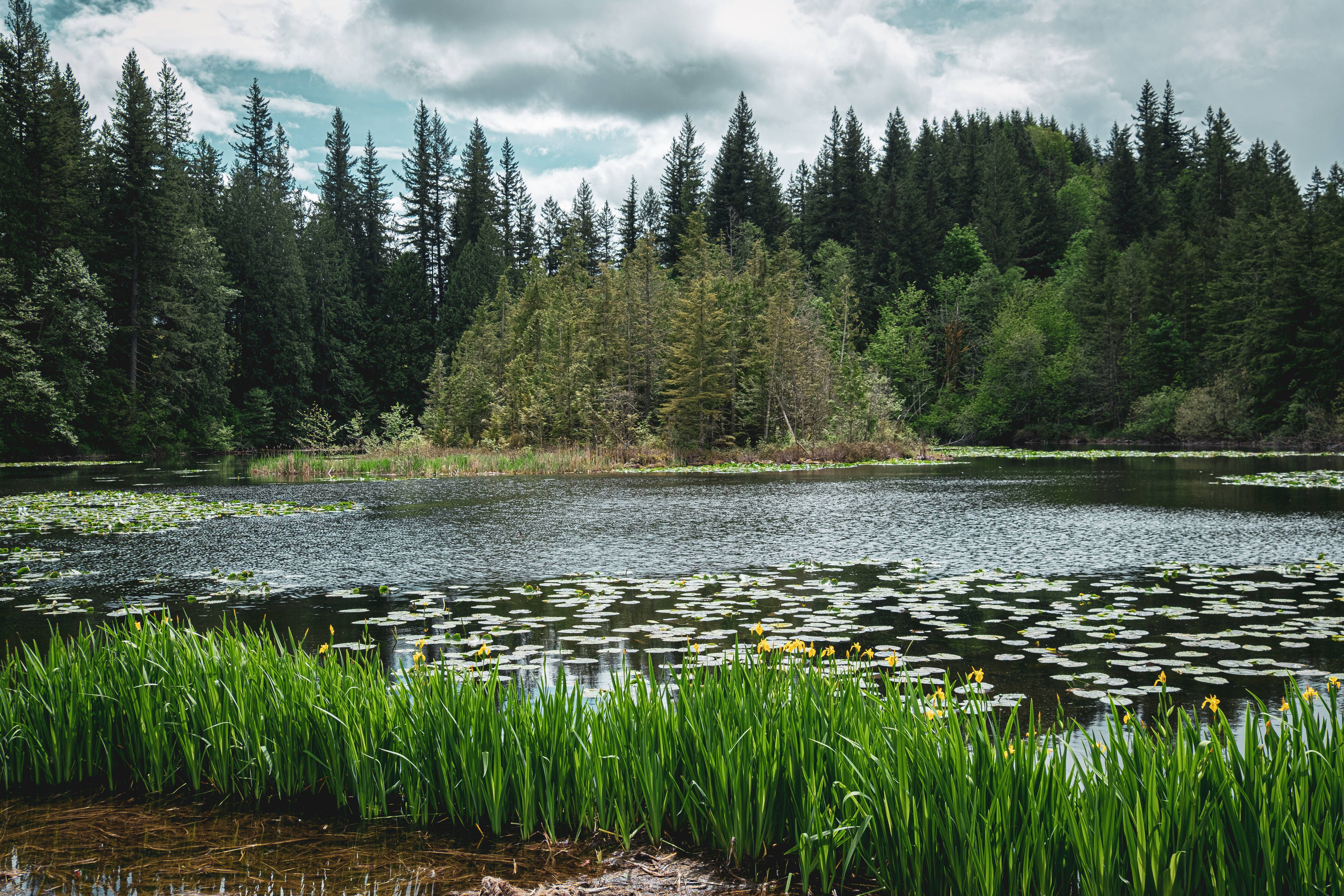Protect old-growth rainforest and support alternative livelihoods
Acapa - Bajo Mira y Frontera
Colombia
58,212 ha
Acapa - Bajo Mira y Frontera protects forest that is under direct communal ownership of the communities of Acapa and Bajo Mira y Frontera, who are the project owners and the indigenous Afro-Colombian descendent rights owners of these territories. The project looks to protect the old-growth rainforest on the land, alleviating pressures on the forests through the support of governance capacity (including individual property titling, land-use planning, and conservation zone demarcation), the generation of alternative economic activities and income sources, and through capacity building in administration and management. By creating these alternative avenues and having the communities directly own and govern the project, the project looks to reduce illegal harvesting.
Connect with our team to learn more about this project and how Pachama can support your nature strategy.
The project looks to create sustainable economic opportunities by improving existing coffee and cacao supply chains (Photo Credit: Hanz Rippe).
1/4
Moving from timber harvest to alternative livelihoods
Project Description
pdf
First Verification Report
pdf





